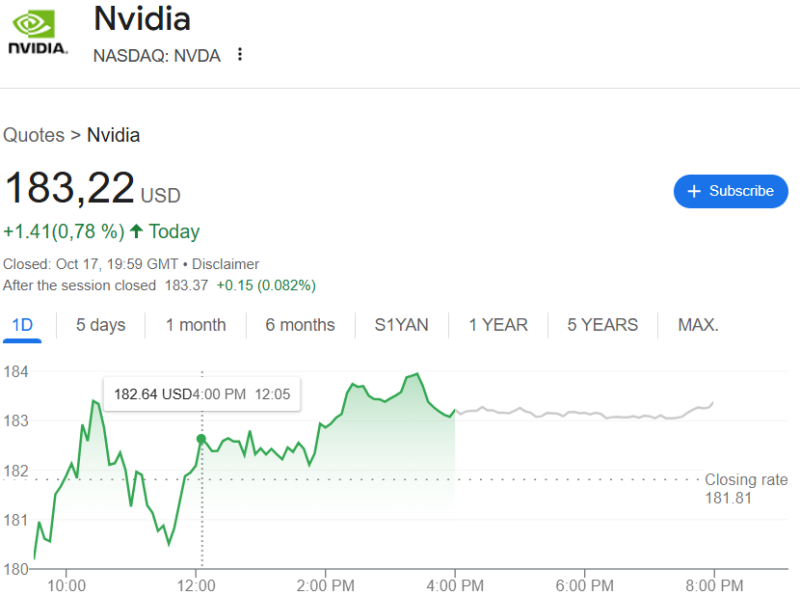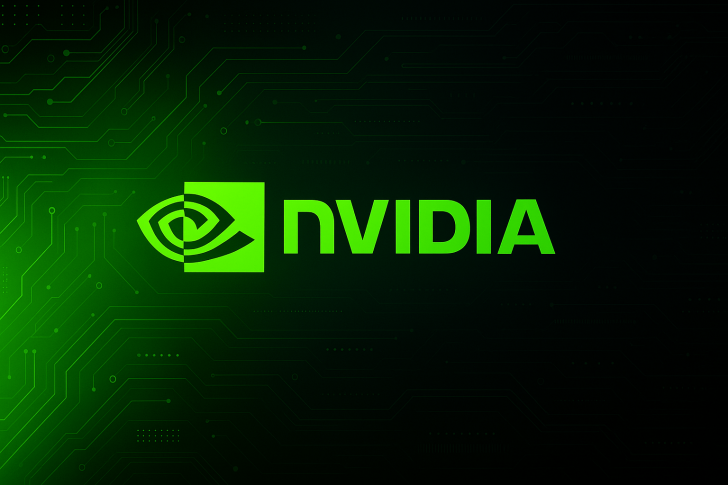In the rapidly expanding artificial intelligence sector, capital is becoming the primary engine of growth. Nvidia CEO Jensen Huang recently forecast that AI capital expenditures could jump from $600 billion today to somewhere between $3 and $4 trillion by 2030. JPMorgan's analysis suggests this ambitious target is financially realistic, though the real obstacle might not be funding but rather energy availability.
Strong Financial Capacity Supports AI Spending Surge
JPMorgan believes the tech industry has sufficient resources to finance this enormous AI infrastructure expansion. According to Wall St Engine, a trader monitoring the sector, funding will come from operating cash flow, private equity, venture capital, and fresh debt.
Even with a projected $1.6 trillion yearly funding shortfall, private markets could contribute roughly $500 billion annually by 2030. The rest would come through debt financing, with approximately 40% (around $430 billion) from bank loans and 60% (about $640 billion) from bond markets.

Despite increased leverage, the sector's net-debt-to-cash-flow ratio would climb only from 0.7× to 1.2×, remaining below the global benchmark and suggesting the industry can handle this level of spending without significant strain.
Energy Infrastructure Emerges as the Critical Constraint
While financing appears manageable, JPMorgan identifies energy infrastructure as the primary constraint on AI expansion. Data centers require enormous amounts of electricity, and analysts expect AI workloads could double global data-center energy consumption by 2030. Addressing this demand will require substantial investment in renewable energy, grid infrastructure, and storage solutions, transforming the AI conversation from one about financial limits to one about physical capacity.
Nvidia's Position in the AI Ecosystem
As the dominant provider of AI chips, GPUs, and data-center equipment, Nvidia occupies a central position in this multi-trillion-dollar shift. The anticipated increase in AI capital spending strengthens confidence in Nvidia's long-term prospects and highlights the staying power of the broader AI infrastructure cycle.
 Eseandre Mordi
Eseandre Mordi

 Eseandre Mordi
Eseandre Mordi


